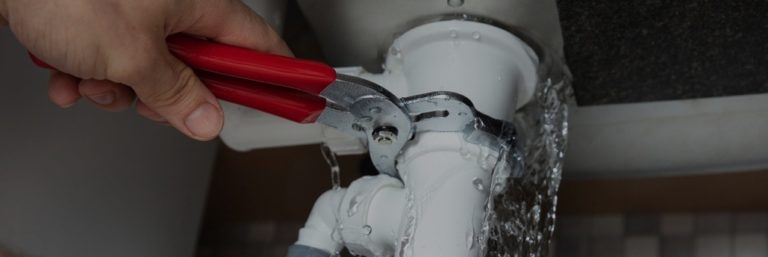How to Check If Your Home Has a Hidden Leakage
How to Check If Your Home Has a Hidden Leakage
Blog Article
Just about every person seems to have their own unique way of thinking when it comes to Finding hidden leaks.

Early discovery of leaking water lines can reduce a potential catastrophe. Some little water leakages might not be noticeable.
1. Check Out the Water Meter
Every house has a water meter. Inspecting it is a proven way that assists you discover leaks. For beginners, turn off all the water sources. Ensure nobody will certainly flush, utilize the tap, shower, run the washing device or dish washer. From there, most likely to the meter and also watch if it will change. Since no one is using it, there ought to be no motions. If it relocates, that suggests a fast-moving leakage. Likewise, if you detect no changes, wait an hour or two as well as check back once more. This means you might have a sluggish leak that can also be below ground.
2. Inspect Water Consumption
If you detect unexpected changes, despite your intake being the same, it implies that you have leaks in your plumbing system. A sudden spike in your costs shows a fast-moving leak.
A consistent increase every month, also with the same practices, shows you have a sluggish leak that's also slowly escalating. Call a plumber to extensively examine your residential or commercial property, especially if you feel a warm area on your floor with piping beneath.
3. Do a Food Coloring Examination
When it comes to water consumption, 30% comes from toilets. If the shade in some way infiltrates your bowl during that time without flushing, there's a leakage in between the container and also bowl.
4. Asses Outside Lines
Do not fail to remember to check your outside water lines also. Test faucets by affixing a yard hose. Must water leak out of the connection, you have a loose rubber gasket. Replace this as well as ensure all links are tight. If you have actually got an automatic sprinkler, it will certainly aid get it professionally took a look at and kept each year. One tiny leakage can waste lots of water and also spike your water expense.
5. Examine the situation and also inspect
Home owners should make it a practice to inspect under the sink counters and also also inside cabinets for any bad odor or mold and mildew growth. These two red flags indicate a leakage so punctual attention is required. Doing regular evaluations, even bi-annually, can save you from a major issue.
Inspect for discolorations and also compromising as the majority of devices and pipelines have a life expectancy. If you suspect dripping water lines in your plumbing system, don't wait for it to rise.
Early discovery of leaking water lines can alleviate a potential calamity. Some tiny water leaks might not be noticeable. Inspecting it is a proven way that helps you uncover leakages. One little leakage can squander loads of water as well as surge your water expense.
If you presume dripping water lines in your plumbing system, do not wait for it to intensify.
WARNING SIGNS OF WATER LEAKAGE BEHIND THE WALL
PERSISTENT MUSTY ODORS
As water slowly drips from a leaky pipe inside the wall, flooring and sheetrock stay damp and develop an odor similar to wet cardboard. It generates a musty smell that can help you find hidden leaks.
MOLD IN UNUSUAL AREAS
Mold usually grows in wet areas like kitchens, baths and laundry rooms. If you spot the stuff on walls or baseboards in other rooms of the house, it’s a good indicator of undetected water leaks.
STAINS THAT GROW
When mold thrives around a leaky pipe, it sometimes takes hold on the inside surface of the affected wall. A growing stain on otherwise clean sheetrock is often your sign of a hidden plumbing problem.
PEELING OR BUBBLING WALLPAPER / PAINT
This clue is easy to miss in rooms that don’t get much use. When you see wallpaper separating along seams or paint bubbling or flaking off the wall, blame sheetrock that stays wet because of an undetected leak.
BUCKLED CEILINGS AND STAINED FLOORS
If ceilings or floors in bathrooms, kitchens or laundry areas develop structural problems, don’t rule out constant damp inside the walls. Wet sheetrock can affect adjacent framing, flooring and ceilings.
https://www.servicemasterbyzaba.com/blog/how-to-detect-water-leakage-in-walls/

Do you enjoy reading about Leaking water lines? Give a remark below. We'd be pleased to see your ideas about this blog. Hoping that you come back again soon. Sharing is good. Helping people is fun. Kudos for your time. Come back soon.
Report this page